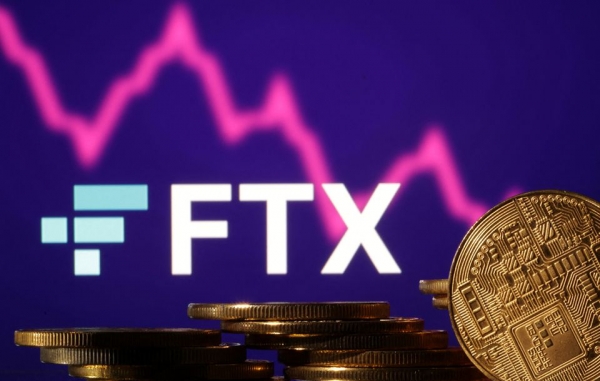
On Nov. 11, FTX, once the world’s third-largest cryptocurrency exchange, filed for Chapter 11 bankruptcy protection, according to the tweet by FTX CEO Sam Bankman-Fried. Chapter 11 of the U.S Bankruptcy Act is a system that seeks rehabilitation of the firm by conducting restructuring procedures under the supervision of the bankruptcy conduct. According to Bloomberg L.P., a financial media, it was reported that about 130 other affiliated companies were part of the proceedings, and the debt amounts to approximately 50 billion USD, which is the largest ever cryptocurrency company’s bankruptcy filing this year.
The crisis was initially sparked as CoinDesk, a press specializing in bitcoin and digital currencies, raised doubts about Alameda Research’s balance sheet. Alameda Research is a cryptocurrency trading and investment company founded by Sam Bankman-Fried. CoinDesk reported that most of Alameda Research’s holding assets were in FTT form, a coin issued by the FTX. In addition, it was revealed that Alameda Research was taking loans and making investments using FTT as collateral. CoinDesk mentioned that the relationship between FTX and Alameda Research was “abnormally close.”
The cryptocurrency market was shaken by this report, as this meant that both Alameda Research and FTX could collapse as FTT prices plunge. Amid the growing concerns, on Nov. 6, Changpeng Zhao, CEO of the world’s largest cryptocurrency exchange Binance, announced on Twitter that he would sell all the remaining FTTs in Binance’s account, which amounted to about 530 million USD. Consequently, users flocked to withdraw their cryptocurrencies from FTX, and a total of 5 billion USD were withdrawn. As a result, the price of FTT plunged from 25 USD to less than 6 USD in just a few days.
To deal with this crisis, Bankman replied that there were no fund issues with FTX. At the same time, he requested from Changpeng Zhao a letter of intent (LOI) to acquire FTX. Changpeng Zhao initially seemed to accept the request, but he retreated the day after, mentioning that “there is a significant liquidity crunch.” It was projected that the hole in FTX’s finances was much greater than expected. To prevent a bank run, which refers to a large withdrawal of money from a bank (in this case, cryptocurrency exchange), FTX temporarily blocked withdrawals, but as this was normalized shortly, a huge amount of money was withdrawn.
On Nov. 11, Sam Bankman-Fried eventually resigned from CEO and filed for bankruptcy protection. However, a bigger problem was shortly revealed: FTX was loaning FTT in the customer’s account to its affiliate Alameda Research without the customer’s consent. The loan is speculated to be about 10 billion USD, which is more than half of FTX customers’ assets. In fact, Alameda had suffered from debts after the Luna Crisis as it failed in venture investments, and FTX was using customer funds to deal with it.
This incident has already caused a great impact in many aspects, including the cryptocurrency market and customers. Since the bank run, most cryptocurrency prices including Bitcoin, along with stock prices of cryptocurrency-related companies such as Robinhood and Coinbase, all collapsed. For example, as FTX declared bankruptcy on Nov. 11, the Bitcoin price plunged to 17,000 USD, the lowest since 2020, and experts predict that this could decrease much further as investors withdraw more assets.
On one hand, FTX customers are on high alert, as it is still uncertain whether they may be able to receive their money back. For instance, Mt. Gox, once the largest cryptocurrency exchange, went bankrupt in 2014 due to hacking, and some customers still have not received compensation. The same or even worse situation may occur, as the cryptocurrency market has grown exponentially compared to eight years ago. The number of victims is estimated to be millions around the world, and based on data provided by Visual Capitalist, it seems “highly unlikely that FTX customers will recover much of their money.”
Experts predict that a Crypto Winter, which refers to a recession in the cryptocurrency market, may last longer, considering the power FTX had in the cryptocurrency market and growing uncertainties among investors. In the short term, it is predicted that this incident will inevitably lead to a decrease in blockchain investment. Yet, some said that this incident could be a catalyst for the reformation of cryptocurrency-related regulations so that such incidents do not repeat in the future.


